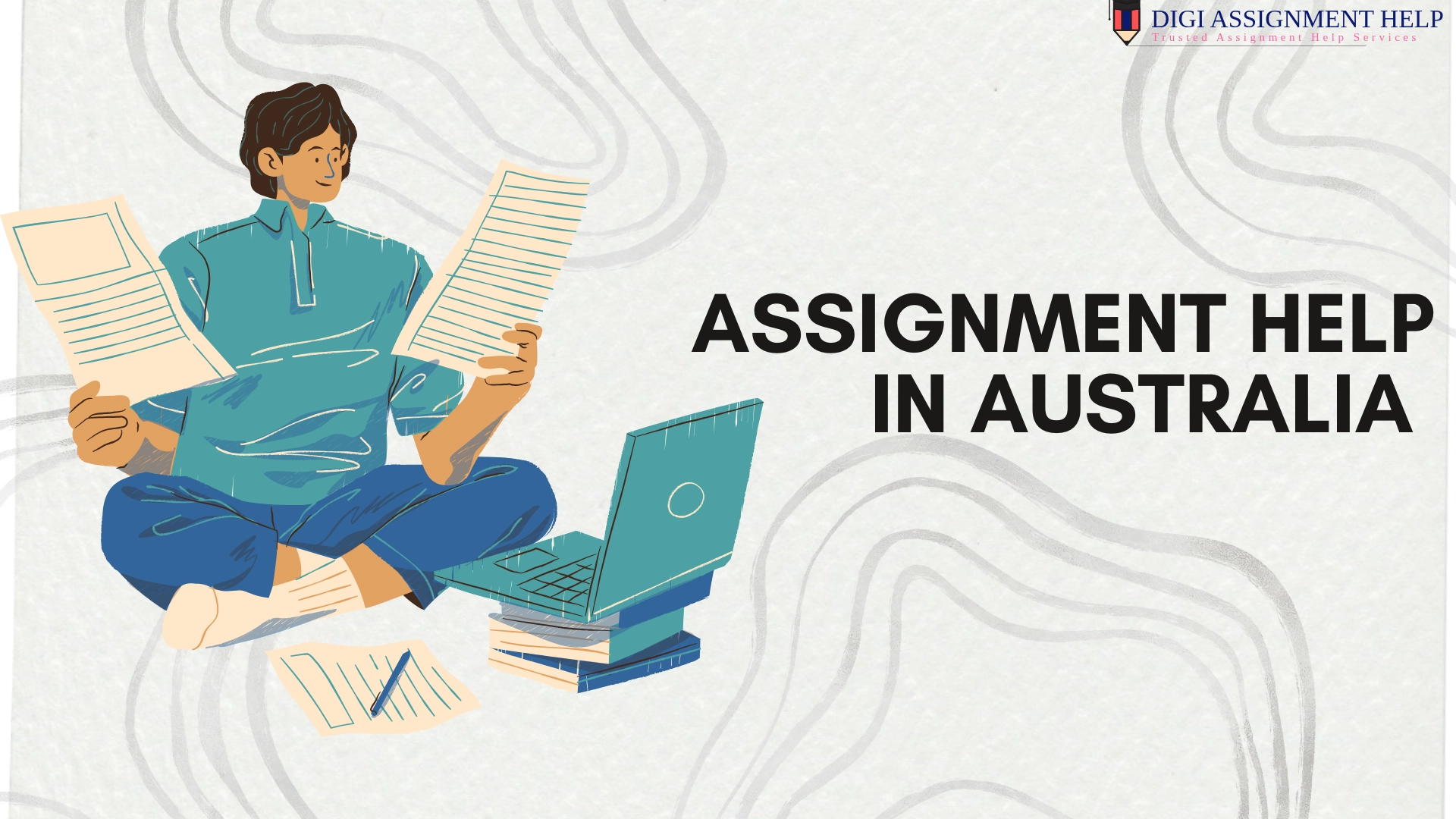How to write an executive report ?
 05-Sep-2024 08:42 AM
05-Sep-2024 08:42 AM

An executive report is a concise document designed to provide information. It delivers the data to the top management or other stakeholders.
It facilitates speedy decision-making and keeps the management aware. The report focuses on important insights and suggestions.
This is a condensed guide on writing a strong executive report. Read and follow the process one step at a time to write a successful report.
1. Recognize the Goal and Target Audience
Determine the report's goal and the target audience before you start writing. A report's function might vary. It might intend to inform, persuade or assist a decision.
You should adjust the material of the report to suit the expectations of your readers. They could consist of board members, top executives or other stakeholders.
2. Structure of Executive Report
The following sections are usually included in an executive report:
-
Title Page: It consists of the title, date, name, and organisation name. It should be bold, or underlined or have a big font. The main thing is that it should be read clearly in a go.
-
Executive Summary: The most important section of report writing is the summary. It offers a snapshot of the key points and findings. It puts forth many interesting recommendations. The summary however should be short. The appropriate length is half a page. It will help readers to get a quick overview.
-
Introduction: The introduction helps to provide the context of the report. It creates an outline telling the purpose and scope. This should only provide a summary of the findings' context.
-
Key Findings: This section highlights the most significant information and conclusions. For clarity, use headings or bullet points. It will help the readers to locate the most important information easier to find.
-
Analysis: Talk about how important the results are. Make sure the analysis is clear and pertinent to the decision-making process. You can include illustrations like graphs or charts. This will help the readers to have a quick interpretation.
-
Recommendations: Make a list of actions, basically your next steps. It's based on the analysis. These must be precise and in line with the objectives of the company.
-
Conclusion: Repeat the importance of the report's recommendations. At the end summarise its main findings. The reader should have a clear idea of what to do next after reading this section.
-
Appendices: These are optional to include. They include any additional information that can support your findings. It might not directly be related to the main data. However, if you do include them, follow the right format.
3. Writing Style and Tone
It involves how to tell the information to the readers. In a business setting, it is important to keep in mind the right styles. It is important to maintain the importance of the subject, otherwise people might lose interest.
-
Be Direct: Speak simply using easy-to-read and understandable language. Try to avoid any technical language or complex words. Every sentence must have a distinct objective. There should not be repetition or beating around the bush.
-
Employ Active Voice: Using active voice to keep your sentences clear. It adds interest to the report. For example Say "The board decided" rather than, "The decision was made by the board."
-
Put Clarity First: Give clarity priority over complexity. Make use of concise language to retain clarity. Avoid using any terms which can lead to confusion.
-
Employ Headings and Bullet Points: You can use additional tools to showcase your information. Bullet points and headings are a part of it. They help to categorise the information and highlight the important facts. It makes the text easier to scan.
4. Formatting Advice
Just simply writing does not make a report perfect. The report should follow the right format and be structured well. It makes reading the report easier and maintains its professionalism. Hence it is important to use the right fonts and style. Here are some additional tips to help you:
-
Professional Fonts: It is important to keep the font simple which can be read easily. In this case, you can go for Calibri or Arial. Also, Ensure that the document is formatted properly throughout. There should not be any lags, otherwise it will break the flow.
-
Visual Aids: Visual aids are useful for presenting information. You can use charts, graphs, or tables. These will help you to highlight important topics.
-
Spacing and Margins: The text should not look lengthy or packed together. It can have an impact on its readability. make sure the report is properly spaced and has the right amount of margin. This will improve readability.
5. Last Review
Never submit the first draft as it might be full of errors. Check the report to make sure it is error-free, concise, and clear before submitting it. Verify that it satisfies the requirements of the audience and is in line with the goal of the report.
Also, check that it has been edited thoroughly and the text is considered. Use the right headings, bold the text where necessary and look for the right spacing. A screening will help you to clearly understand the loopholes and fix them. It will add a final touch.
In summary
An executive report is a useful instrument for making decisions. You can write a report that successfully conveys the most crucial facts to your audience. It can be done by putting a focus on clarity, detail, and actionable insights.
Always make sure that the content is suited to the particular requirements of your audience. Keep it succinct, and make sure the structure makes sense.
All of this might sound overwhelming to do on your own. Hence Digi Assignment Help offers you relevant assistance.
Our business experts can help you write an executive report following the right format and sticking to the subject matter. We are familiar with the requirements of the report and ensure that you submit an outstanding report. Contact us and learn how to ace report writing and enhance your grades.
Top Blogs
|
Chcece007 Assessment :Develop Positive And Respectful Relationships With Children
|
||
|
|
||



























